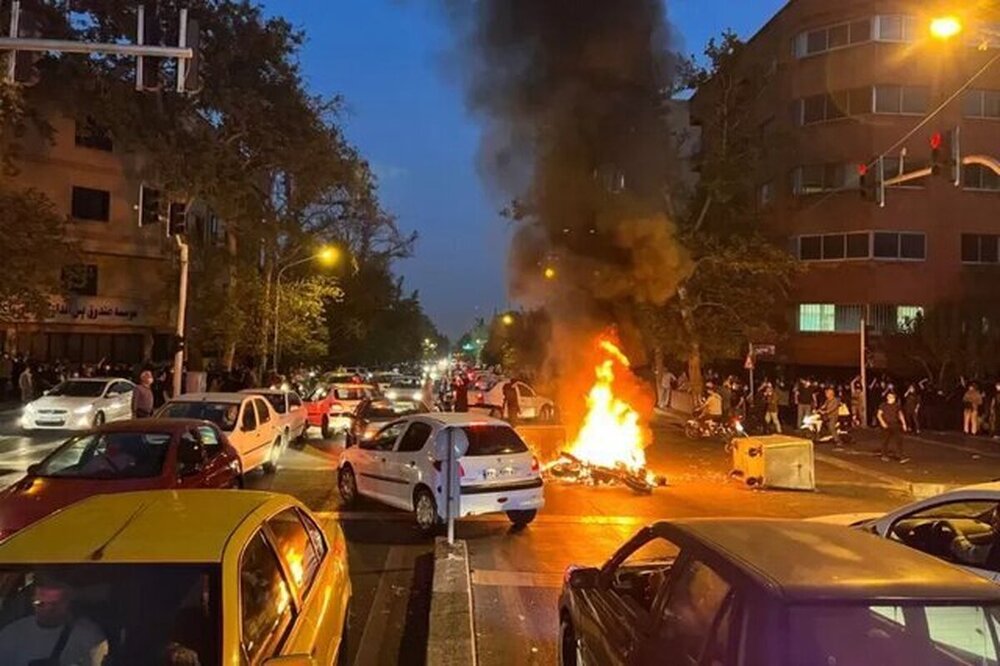Iran grapples with all-out cyber war

TEHRAN – Over the last few weeks, the Islamic Republic has faced a fierce cyber war that was waged from outside the country but has taken a toll on some ordinary Iranians.
The Islamic Republic has been subject to a cognitive cyber war that is unprecedented in terms of creating perceptions of downfall in a stable country where people continue to live their normal lives. The venue for this war is social media which has been abuzz with footage and videos purportedly showing that the Islamic Republic is on the verge of collapse, if not already cracked up.
The reality, however, is quite different. Tranquility and calm are prevailing throughout the country, with people continuing to lead a life of serenity. Of course, this is not to say that unrest is over, rather it means that the majority of Iranians are living in peace and security amid sporadic pockets of unrest.
Ordinary Iranians deal with contradiction on a daily basis. In their daily lives, they see in person the tranquility of the streets, but when they sign up to their social media accounts, they get bombarded with countless posts and footage that are meant to portray the situation as tense and exploding.
To be fair, there has been unrest in some parts of the country. And this has largely been the result of the atmosphere created by social media. Influenced by the highly charged atmosphere of social media, some Iranians joined the unrest believing that the game is over.
But many pundits believe that the Islamic Republic can by no means be overthrown by clicks from outside.
According to a recent study by Stanford Internet Observatory, the U.S. has run social media campaigns targeting Iran, China, and Russia with the aim of influencing public opinion in these countries and promoting pro-Western narratives on social media platforms.
“These campaigns consistently advanced narratives promoting the interests of the United States and its allies while opposing countries including Russia, China, and Iran,” the study said. “We believe this activity represents the most extensive case of covert pro-Western influence operations on social media to be reviewed and analyzed by open-source researchers to date. With few exceptions, the study of modern influence operations has overwhelmingly focused on activity linked to… Russia, China, and Iran.”
In July and August 2022, Twitter and Meta removed two overlapping sets of accounts for violating their platforms’ terms of service. Twitter said the accounts fell foul of its policies on “platform manipulation and spam,” while Meta said the assets on its platforms engaged in “coordinated inauthentic behavior.” After taking down the assets, both platforms provided portions of the activity to Graphika and the Stanford Internet Observatory for further analysis.
Mere days after the protests erupted on September 16, the Washington Post revealed that the Pentagon had initiated a wide-ranging audit of all its online psyops efforts after a number of bot and troll accounts operated by its Central Command (CENTCOM) division – which covers all U.S. military actions in West Asia, North Africa and South, and Central Asia – were exposed, and subsequently banned by major social networks and online spaces, according to a Cradle report.
These campaigns played a major role in inciting riots in Iran over the last few weeks. Many teenagers, influenced by these campaigns, took to the streets and set fire to public property.
